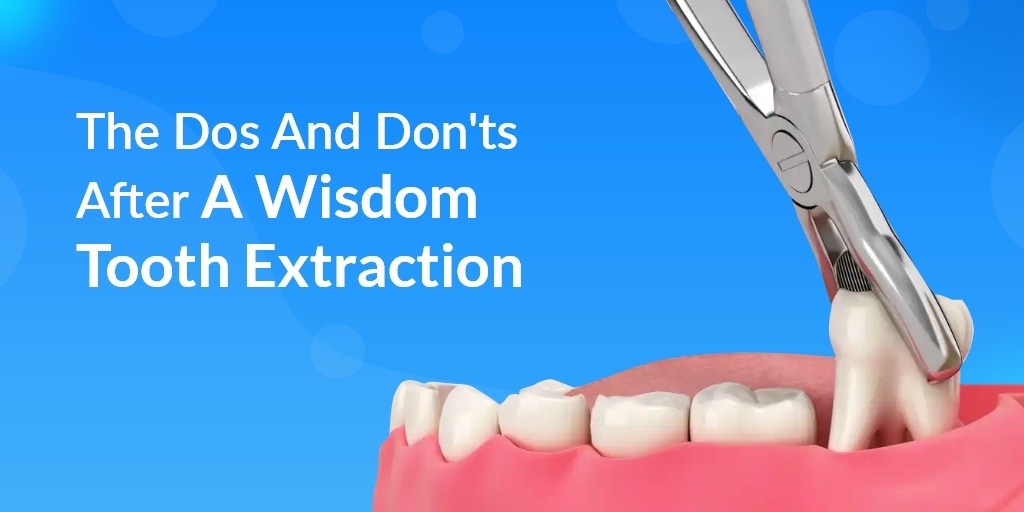Wisdom tooth extraction is a common dental procedure that can help prevent future oral health issues. However, the postoperative period is critical for recovery and requires specific care to avoid complications. Patients are often advised on the dos and don’ts after wisdom tooth extraction to ensure a smooth healing process. Adhering to these guidelines is essential for minimizing discomfort, reducing the risk of infection, and speeding up recovery. This article will discuss the critical steps you should follow, along with common pitfalls to avoid after wisdom teeth removal, providing a roadmap to a successful recovery.
Managing Pain and Swelling
After wisdom tooth extraction, managing pain and swelling effectively is crucial. Your dental surgeon will provide specific instructions on how to handle discomfort, which may include taking prescribed pain medication at the directed intervals. It’s also common to use ice packs on the cheek near the extraction site to help reduce swelling and inflammation during the first 24 hours.
Nutrition and Oral Hygiene
After wisdom tooth extraction, maintaining appropriate nutrition and oral hygiene is paramount for a smooth recovery. Ensuring adequate hydration is a cornerstone of post-operative care; it promotes healing and helps cleanse the mouth. It’s advisable to opt for a diet consisting of soft foods like yogurt, applesauce, or smoothies that are gentle on the extraction site and require minimal chewing effort. One must steer clear of extreme-temperature foods and beverages that could provoke sensitivity or discomfort at the site of surgery. Adopting a regimen of oral hygiene that includes cautious rinsing with a mild saltwater solution can soothe the area and foster healing. Furthermore, brushing with a soft-bristled toothbrush around, but not directly on, the extraction site helps maintain cleanliness without disrupting the healing tissues, reducing the likelihood of infection and aiding in the overall recovery process.
Activity and Rest
Balancing activity and rest is essential after having your wisdom teeth removed. While some rest is necessary, too much bed rest can increase the risk of complications such as blood clots. Light activity, such as walking, can help with blood circulation and promote healing, but strenuous activities should be avoided to prevent bleeding at the extraction site.
Follow-Up and Monitoring
Scheduling a follow-up appointment with your dental surgeon is important to monitor the healing of the extraction site. In the days following the procedure, watch for any signs of complications, such as excessive bleeding, persistent pain, or signs of infection, and communicate these with your dentist or oral surgeon.
Understanding and following the dos and don’ts after wisdom tooth extraction can lead to a more comfortable and rapid recovery. By managing pain and swelling, maintaining proper nutrition and oral hygiene, balancing rest with light activity, and keeping up with follow-up appointments, you can support your body’s healing process. Always remember that each individual’s recovery may vary, and it’s essential to follow the specific advice given by your dental care provider. If you have any concerns during your recovery, do not hesitate to reach out to your dental team for guidance. With proper care, you’ll be back to your regular routine in no time, free from the troubles of wisdom teeth.
